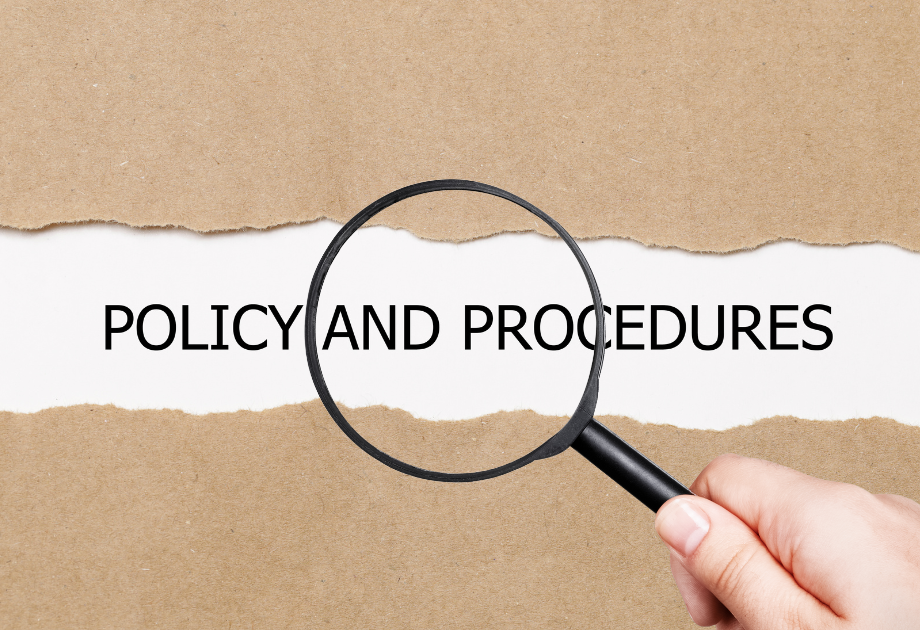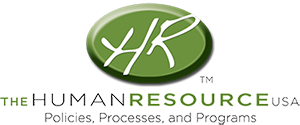The HR Mistakes You Don’t Realize You’re Making
The HR Mistakes You Don’t Realize You’re Making
(1).png)
Most HR professionals don’t set out to overlook problems. But over time, routine takes hold. Policies go unchanged. Processes stop evolving. Decisions get made because “that’s how it’s always been done.” It’s time to shake things up and start being the best we can be, both as professionals and as allies to our company and its people.
In a recent podcast, The Human Resource USA took a closer look at the types of habits that go unquestioned and the impact they can quietly have on compliance, culture, and credibility. This blog expands that conversation, offering more detail on where those habits tend to show up and what to do about them.
If your team hasn’t reviewed its systems in a while, this is a chance to pause and look again.

Is It Working, or Is It Just Familiar?
Every process deserves a second look. When policies, workflows, and habits have been around long enough, they tend to escape review. What once made sense might no longer serve the business, yet it continues because it’s the default.
This is where risk takes hold. An outdated policy, a vague job description, or a half-trained manager introduces inconsistency into how decisions are made. Over time, those inconsistencies add up. They make it harder to explain outcomes, harder to apply standards fairly, and harder to show that decisions are based on facts rather than bias.
That kind of breakdown increases the chance of legal exposure and erodes internal trust. It creates confusion around accountability and makes it difficult to maintain clear expectations across teams. When those patterns go unchecked, the organization loses control over how policies are enforced and how performance is managed.
It’s not always easy to spot where problems are hiding. When routines are familiar, they can create a false sense of stability. That’s why taking a structured look through an internal HR audit can be useful. It gives professionals a framework to evaluate current practices, identify where things have slipped, and make decisions with clarity. In the next section, we’ll break down where to start and what to focus on first.

Where to Look First
An effective HR audit starts with the systems that shape everyday operations: hiring, onboarding, training, compensation, and performance management. These areas carry the most weight because they influence how people are supported, how decisions are applied, and how consistently standards are upheld. Let's walk through where to look first, what to evaluate, and how to recognize when something isn’t working.
Hiring Without Structure
Hiring decisions often lean too heavily on instinct. A strong interview might leave a good impression, but do you have a current, accurate job description? Clear, uniform evaluation criteria? Without those, there’s no real way to measure fit. And interviewing alone isn’t enough. Without additional steps like structured assessments, defined competencies, or multiple points of comparison, the process falls short.
When the process skips those steps, or when roles haven’t been reviewed in years, the result is usually a mismatch. That leads to frustration on both sides, and it often shows up as turnover, underperformance, or avoidable conflict within the first few months.
Weak Onboarding and Training Systems
Too often, training is treated as a one-time event instead of a long-term process. Many teams rely on informal introductions and task-based orientation that leave people unsure of what’s expected. A strong employee development program includes not only compliance, but role-specific education, manager support, and ongoing reinforcement. When these systems are weak or inconsistent, retention suffers and performance plateaus.
As you're evaluating this area, ask what training looks like beyond the checklist. Is your process setting employees up for long-term success—or just getting them through the first week? For a deeper look at how this can be done well, watch our training overview.
Accountability Gaps Among Managers
When was the last time you made sure your managers are following procedures? HR can’t correct what it doesn’t address. If supervisors dismiss employee concerns, avoid difficult conversations, or refuse to document poor behavior, the problem becomes cultural. HR’s role is to interrupt these patterns and restore accountability. Allowing avoidance, even passively, signals that workplace standards are optional.
No Clear Strategy for Compensation or Discipline
Raises given without structure and discipline delivered without consistency both produce the same outcome: mistrust. Compensation affects morale and retention. Disciplinary action affects credibility and fairness. In both cases, the absence of a defined system creates the impression of bias, randomness, or favoritism.
As you're reviewing these areas, ask what employees are being told to expect—and whether that lines up with how decisions are made. Are salary adjustments documented? Are performance conversations tracked? A clear process isn’t just about policy. It’s about reinforcing standards through action.

Documentation That’s Disorganized—or Missing
One of the most overlooked human resources responsibilities is timely, thorough documentation. Incomplete employee files, missing performance records, and vague notes create exposure to liability and compliance issues, limit your ability to act when it counts, and weakens the foundation of trust in the company’s decisions.
As you're evaluating this area, ask whether your current documentation would hold up under scrutiny. Do the files support your decisions? Would a third party understand what happened and why? If not, it’s time to review what’s being recorded, how consistently it’s done, and whether the process gives HR the clarity needed to respond with confidence.
Ignoring Legal and Policy Updates
An outdated handbook or policy manual creates exposure. HR teams that delay updates to reflect changing legislation or shifting workplace expectations invite avoidable risk. A regular review of your HR policies helps maintain alignment between what is written and what is actually practiced.
As you evaluate this area, review what should be in your employee handbook and compare it to what your team currently follows. Look for gaps tied to changes in state or federal law, and identify policies that are outdated, unenforced, or no longer relevant to the way your teams work.
Waiting Instead of Leading
Waiting for a complaint to address a manager’s conduct. Waiting for an issue to blow up before documenting it. Waiting for performance to drop before offering training. These habits create an HR function that reacts instead of leads. By contrast, a proactive HR team sets expectations clearly, monitors them consistently, and speaks up early.
As you're reviewing this area, ask where your team is still waiting. Are you identifying trends before they escalate? Are you giving managers the tools they need before problems show up? Your HR department should be recognized as a solution, not an administrative necessity. That means bringing insight, not just instruction.

What Should Happen Next
Start small but start deliberately. A clear first step is reviewing current systems against real business needs. That means asking what the handbook says, what actually happens, and where the gaps are. One focused process check can uncover issues that ripple across hiring, training, pay, and retention.
Choose one area and build clarity and consistency first. You’ll set the tone for stronger practices throughout the organization.
If it’s been more than a year since your last audit, or if your team has experienced change, growth, or turnover, now is the time to revisit the basics. Realignment isn’t a sign of failure. It’s how HR supports the future.
How The Human Resource USA Helps You Move Forward
An internal audit is only the starting point. Putting better systems in place takes time, focus, and the right support. That’s where we come in. The Human Resource USA works with organizations to strengthen policies, address gaps, and bring clarity to the processes that shape culture, compliance, and performance. Our HR Academy provides concise, practical learning that equips teams and leaders with the skills needed to stay compliant and guide people with confidence.
Whether you’re reevaluating documentation, restructuring training, or reviewing your policies, we help you turn intention into action—with structure, consistency, and follow-through. To start the conversation, contact us here.
